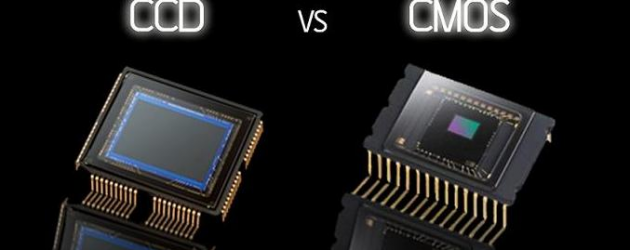The Physics Of a Digital Camera
https://www.google.com/search?q=digital+camera&source=lnms&tbm=isch&sa=X&ved=0ahUKEwjs9vmYhLfTAhUH_WMKHeyKAWIQ_AUICigD&biw=1422&bih=687#imgrc=uam82wtY17XYnM:
- With a 3-megapixel camera, you can take a higher-resolution picture than most computer monitors can display.
- JPEG stands for
Joint Photographic Experts Group
- The first consumer-oriented digital cameras were sold by Kodak and Apple in 1994.
- In 1998, Sony inadvertently sold more than 700,000 camcorders with a limited ability to see through clothes.

220px-Polaroid_SX-70_%284462345243%29.jpg
However this is where things change.

https://s.blogcdn.com/www.engadget.com/media/2011/12/aperture.jpg
If you have looked closely at a television screen closely, or a really poor quality picture you probably have seen pixels. In a television or computer screen, electronic equipment switches all these colored pixels on and off very quickly. Light from the screen travels out to your eyes and your brain is fooled into see a large, moving picture.

https://www.securitycameraking.com/securityinfo/wp-content/uploads/2011/02/timthumb.php_.png
In a digital camera, exactly the opposite happens. Light from the thing you are photographing enters the camera through the lens. This incoming "picture" hits the image sensor chip, which breaks it up into millions of pixels. The sensor measures the color and brightness of each pixel and stores it as a number. Your digital photograph is effectively a string of numbers describing the the picture.
The bigger the CCD or CMOS the higher quality picture can be taken, however this is incredibly expensive. The Hubble Space Telescope has 8 CCDs that have a resolution of 0.64 megapixels. The Hubble has the capability of taking 5.13 megapixel images.

https://www.unifore.net/images/200_CMOS_CCD.jpg
Here is another way to think about this. A CCD is like a lot of light buckets. If you take a picture of a sunrise light comes in and starts to fill up the light buckets. However there are some areas that has more photons (light) and they fill up the buckets that correspond to that area. This causes some of the light buckets to overflow into their neighbors and create an image that is over exposed.

https://upload.wikimedia.org/wikipedia/commons/9/9c/Overexposed_picture_of_Polski_Fiat_126p_FL_650E.jpg
